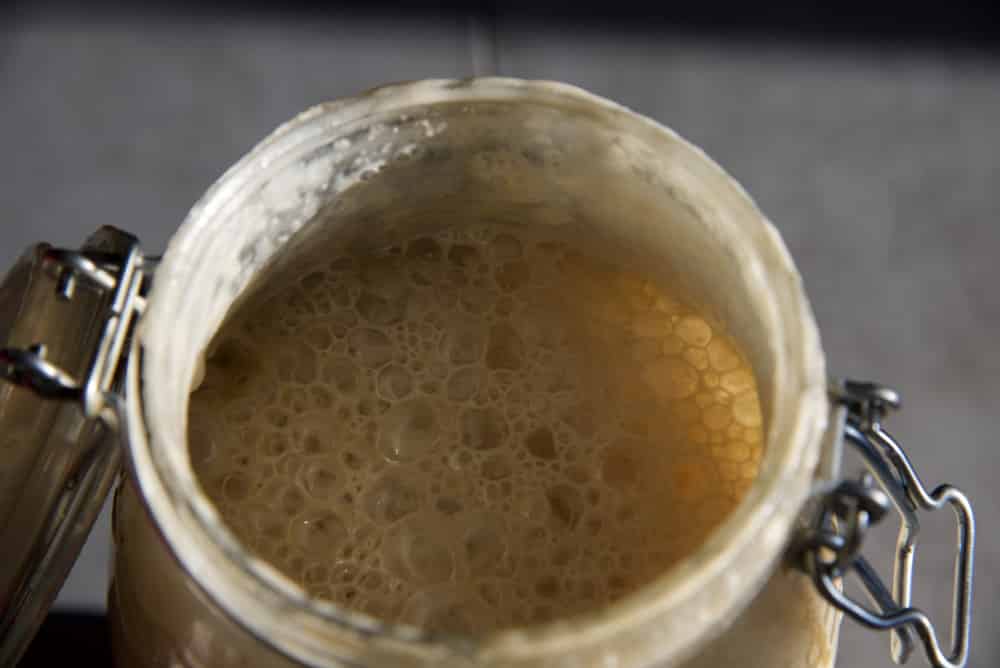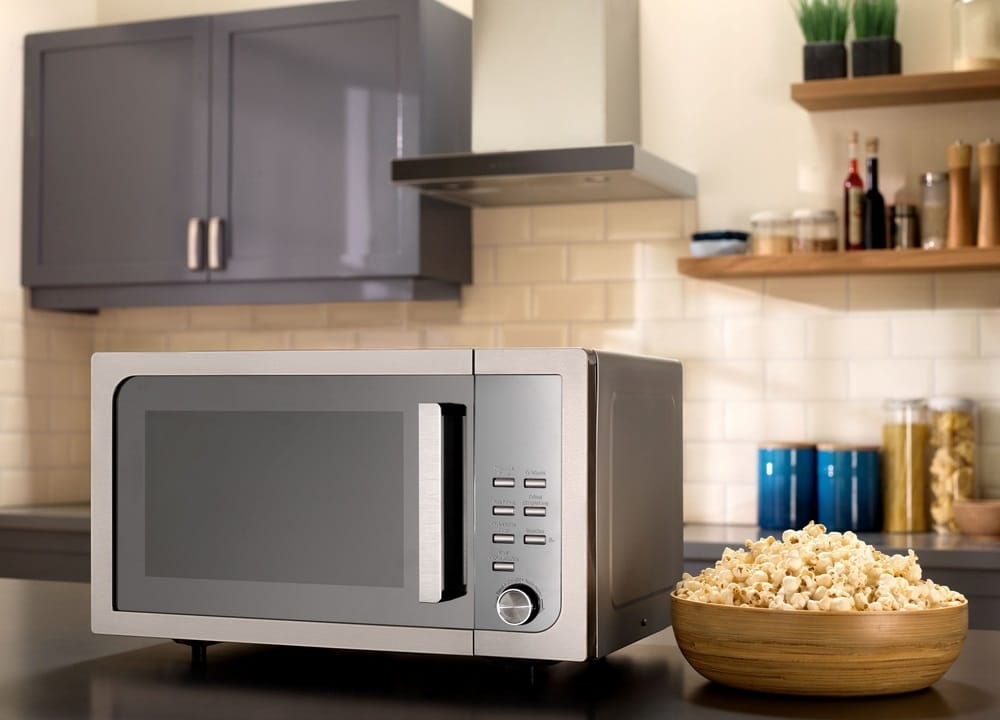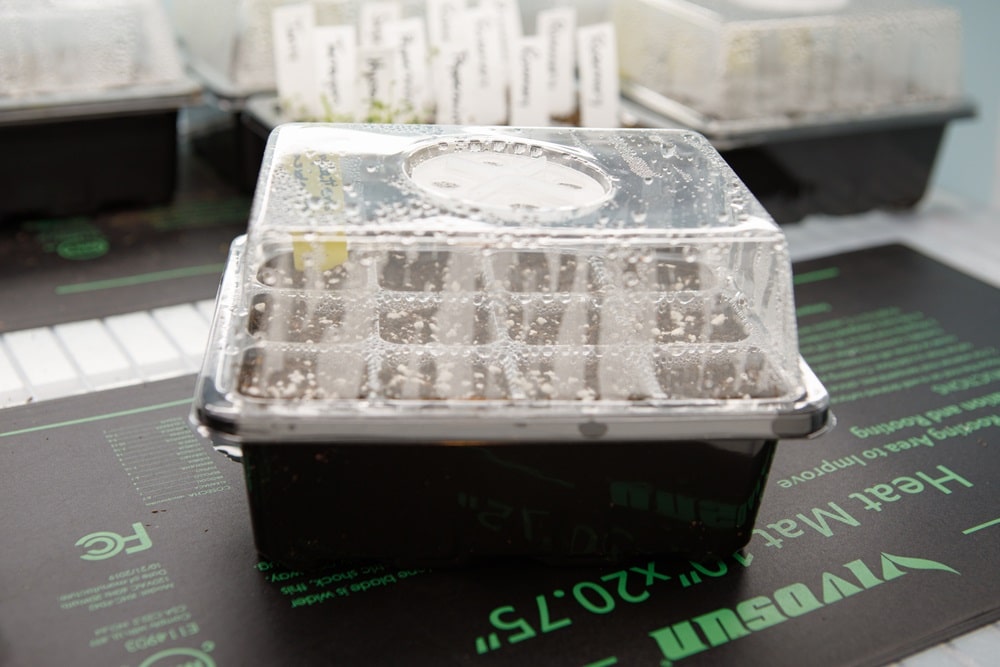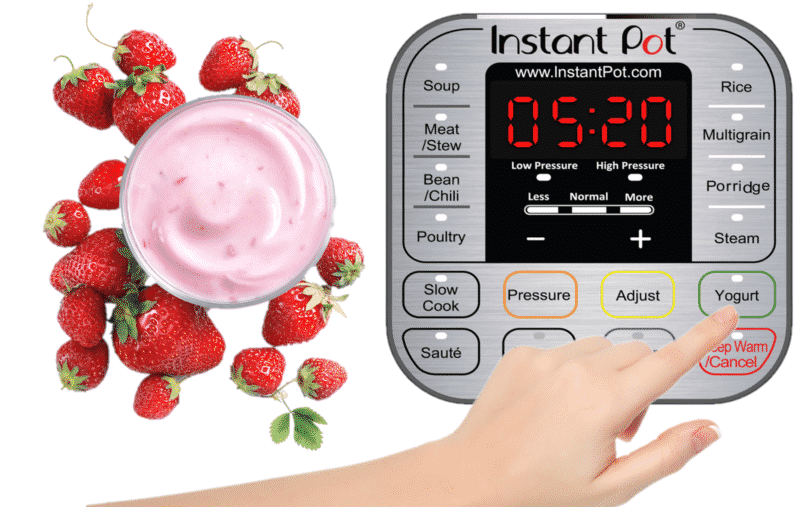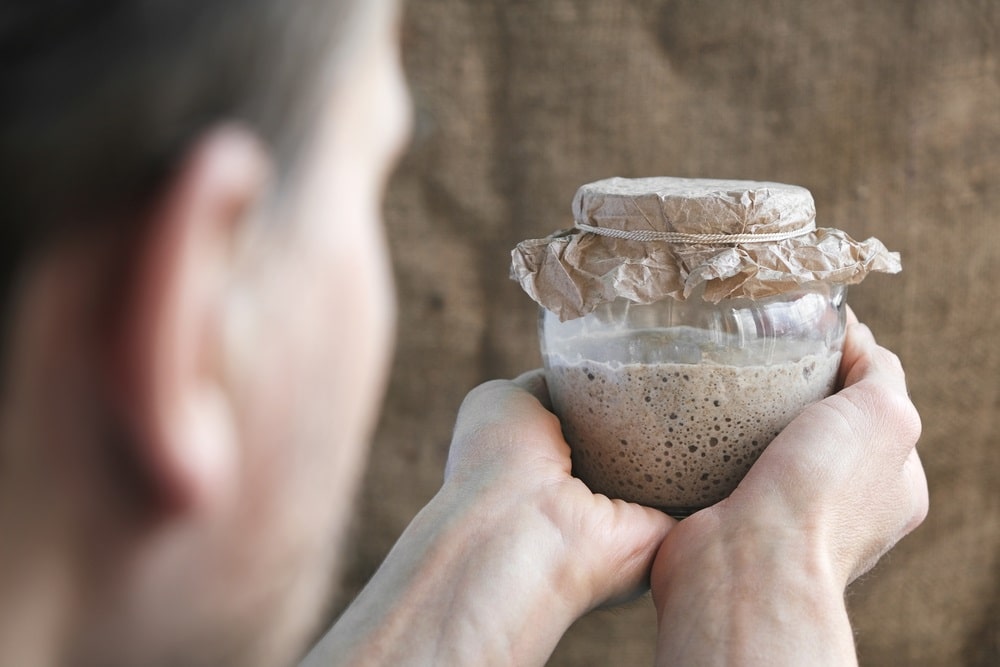
Since the COVID-19 lockdowns, many people have tried their hands at making sourdough bread at home and some have continued since.
This fun and rewarding hobby is not without its challenges though. Because the sourdough starter is a living, breathing thing, it needs to be fed and kept warm.
Keeping your sourdough starter at the right temperature makes a massive difference to both the quality of the starter itself and to the overall bread. Warmth can mean the difference between a flop (bread that doesn’t rise) and success (light, airy, well-risen dough).
You can keep your sourdough baby warm and cozy even in a cold climate. Stick with us and we will tell you about three practically effortless ways to keep yours warm and active, ready for the next loaf.
Why must you keep sourdough starter warm?
The correct temperature ensures that the yeasts contained in the starter remain active and that fermentation happens.
If the temperature becomes too cool, the yeast will go into hibernation and become inactive. The starter will not bubble and rise, thus, your loaves will also be flat and heavy.
That said, sourdough starter likes warmth but not direct heat. That would kill the yeast. Yeasts die at temperatures higher than 60 degrees Celcius.
In summer, the kitchen counter is probably warm enough but in winter, some extra help will probably be needed.
What temperature is “warm”?
The optimal temperature for a sourdough starter to thrive is between 24 and 28 degrees Celcius (75 to 82 degrees Fahrenheit).
While temperatures slightly above or below this will not always kill the yeast, they can cause it to become inactive. (This is why you can put your starter into the fridge.)
How To Keep Sourdough Starter Warm?
1. Use the oven/microwave light
This method can result in accidents if you or a family member turns the oven on while the starter is inside. However, if you are happy to take the risk, your oven or microwave is a perfect incubator.
Older type ovens with light bulbs are best for this application. Do not turn the oven on; just turn the light on. Place a sticky note over the oven’s on/off dial as a reminder.
2. Seed-growing mat or heating pad
Seed-growing mats are inexpensive and readily available. They don’t take up much space on your kitchen counter and will keep your sourdough starter warm without overheating it. This is probably our top choice.
Similarly, you could use a kitchen heating pad. They are specially designed for making homebrew, kombucha, and sourdough.
3. Yogurt machine/Instant Pot
These are great machines for this purpose because they maintain a stable temperature and take up very little space. They keep the sourdough starter in darkness as well, which it prefers to direct sunlight.
Do not put the starter directly into the machine but put it into a jar with a lid on first. Set the temperature of your yogurt maker to 28 degrees Celcius. The yogurt setting on your Instant Pot will work the same way.
To Conclude
We wish you every success with your sourdough bread! If these three options are not available to you, we suggest using a heating pad for sports injuries, a warm windowsill, or else keeping it close to the kettle.
